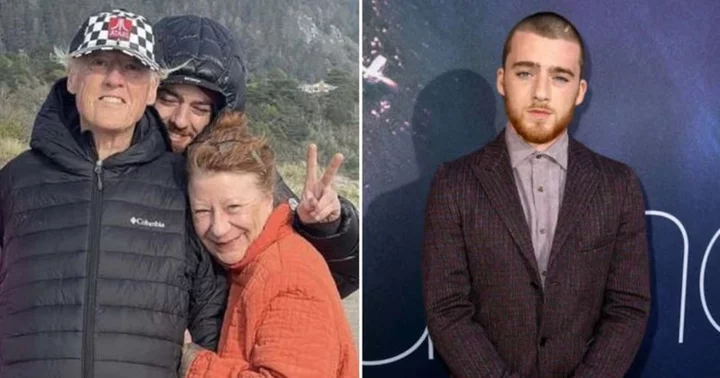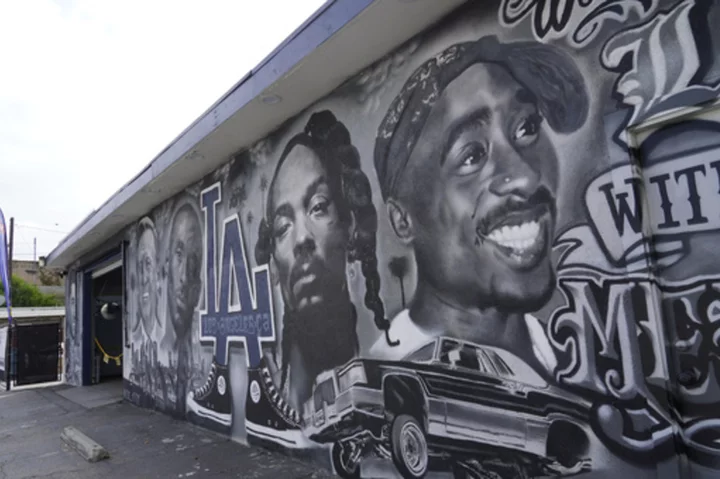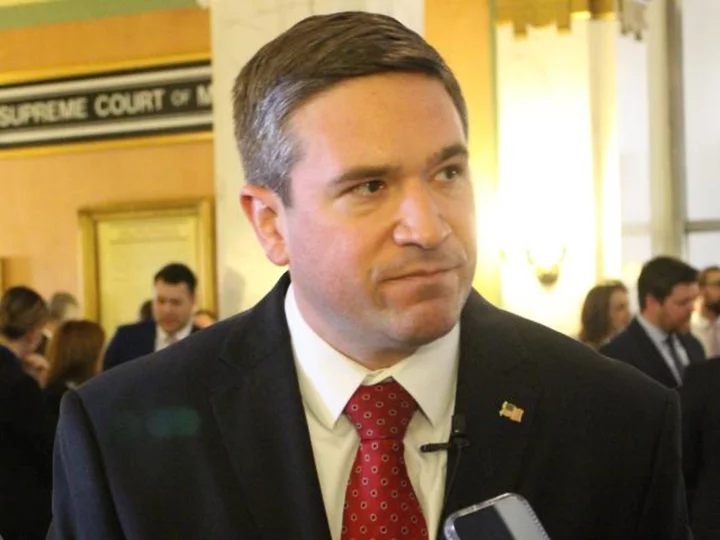GENOA, Neb. (AP) — Archeologists resumed digging Tuesday at the remote site of a former Native American boarding school in central Nebraska, searching for the remains of children who died there decades ago.
The search for a hidden cemetery near the former Genoa Indian Industrial School in Nebraska gained renewed interest after the discovery of hundreds of children’s remains at other Native American boarding school sites across the U.S. and Canada since 2021, said Dave Williams, the state's archeologist whose team is digging at the site.
The team hasn't found human remains yet, Williams said, but the dig only began on Monday and is expected to last through the week.
“Where is the cemetery and how many people are buried there? It's the big question that's hanging in the air,” said Alyce Tejral, a board member of the nearby Genoa U.S. Indian School Foundation Museum.
The school was part of a national system of more than 400 Native American boarding schools that attempted to assimilate Indigenous people into white culture by separating children from their families, cutting them off from their heritage and inflicting physical and emotional abuse.
Newspaper clippings, records and a student’s letter indicate at least 86 students died at the school in Genoa, most due to diseases such as tuberculosis and typhoid. At least one death was blamed on an accidental shooting.
Researchers identified 49 of the children killed but have not been able to find names for 37 students. The bodies of some of those children were returned to their homes but others are believed to have been buried on the school grounds at a location long forgotten.
Judi gaiashkibos, a member of the Ponca Tribe and the executive director of the Nebraska Commission on Indian Affairs, whose mother attended the school in the late 1920s, has been involved in efforts to find the cemetery for years. She said it’s difficult to spend time in the community where many Native Americans suffered, but that the search can help to heal and bring the children’s voices to the surface.
Williams, the archeologist, said finding the cemetery could provide some peace and comfort to people who have suffered for years, not knowing what happened to their relatives who were sent to boarding schools but never came home.
The school, about 90 miles (145 kilometers) west of Omaha, opened in 1884 and at its height was home to nearly 600 students from more than 40 tribes across the country. It closed in 1931 and most buildings were demolished long ago.
In an effort to find the cemetery, dogs trained to detect the odor of decaying remains searched the area last summer and indicated there could be a burial site in a narrow piece of land bordered by a farm field, railroad tracks and a canal. In November, ground-penetrating radar showed an area that was consistent with graves, but there will be no guarantees until researchers finish digging, Williams said.
The process is expected to take days.
If the dig reveals human remains, the State Archeology Office will continue to work with the Nebraska Commission on Indian Affairs to decide on next steps. They could rebury the remains in the field and create a memorial or exhume and return the bodies to tribes.
Last year, the U.S. Interior Department — led by Secretary Deb Haaland, a member of Laguna Pueblo in New Mexico and the first Native American Cabinet secretary — released a first-of-its-kind report that named hundreds of schools the federal government supported to strip Native Americans of their cultures and identities.
At least 500 children died at some of the schools, but that number is expected to reach into the thousands or tens of thousands as research continues.
___
Ahmed reported from Minneapolis. Scott McFetridge in Des Moines, Iowa, contributed to this report.









